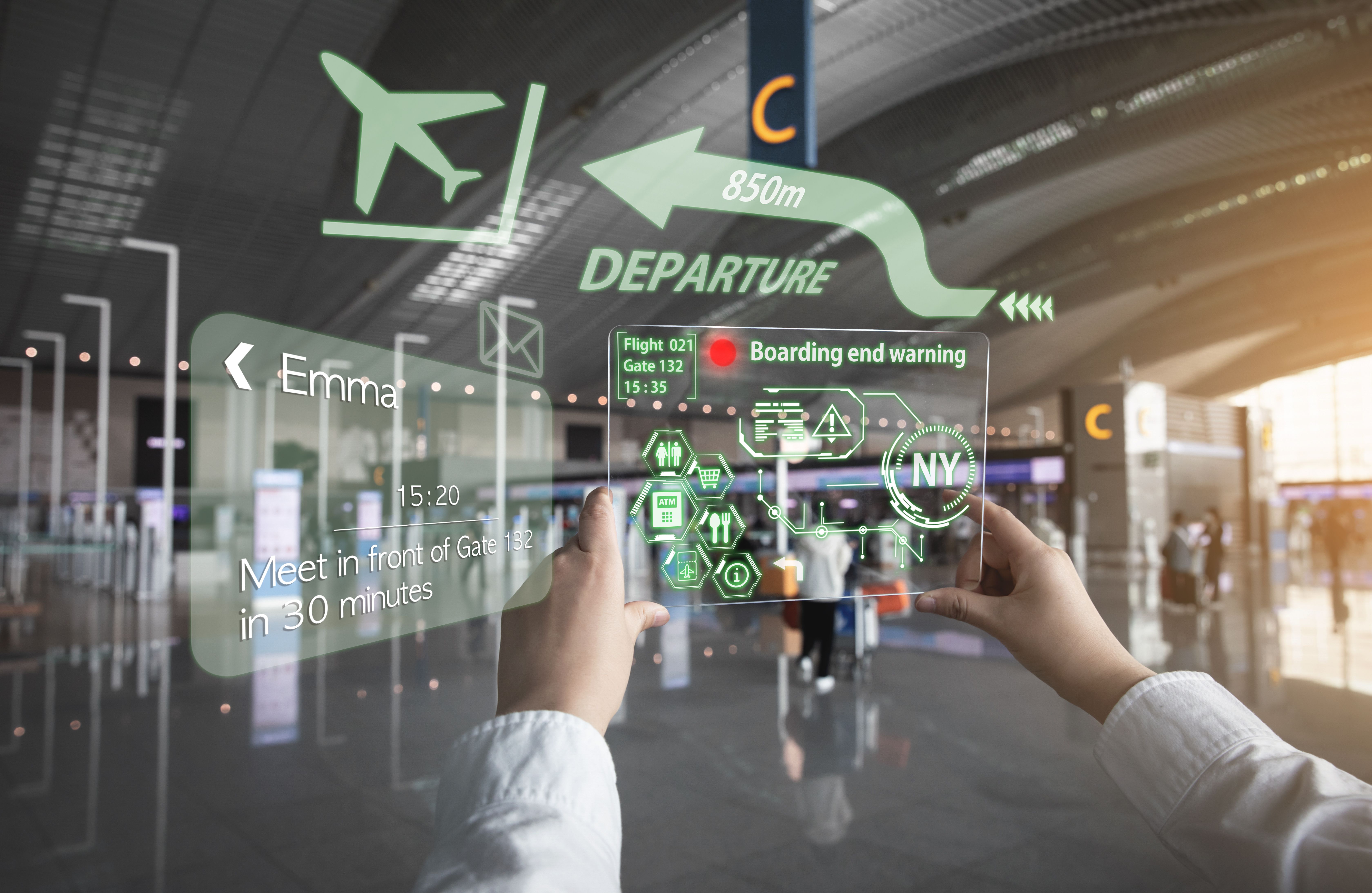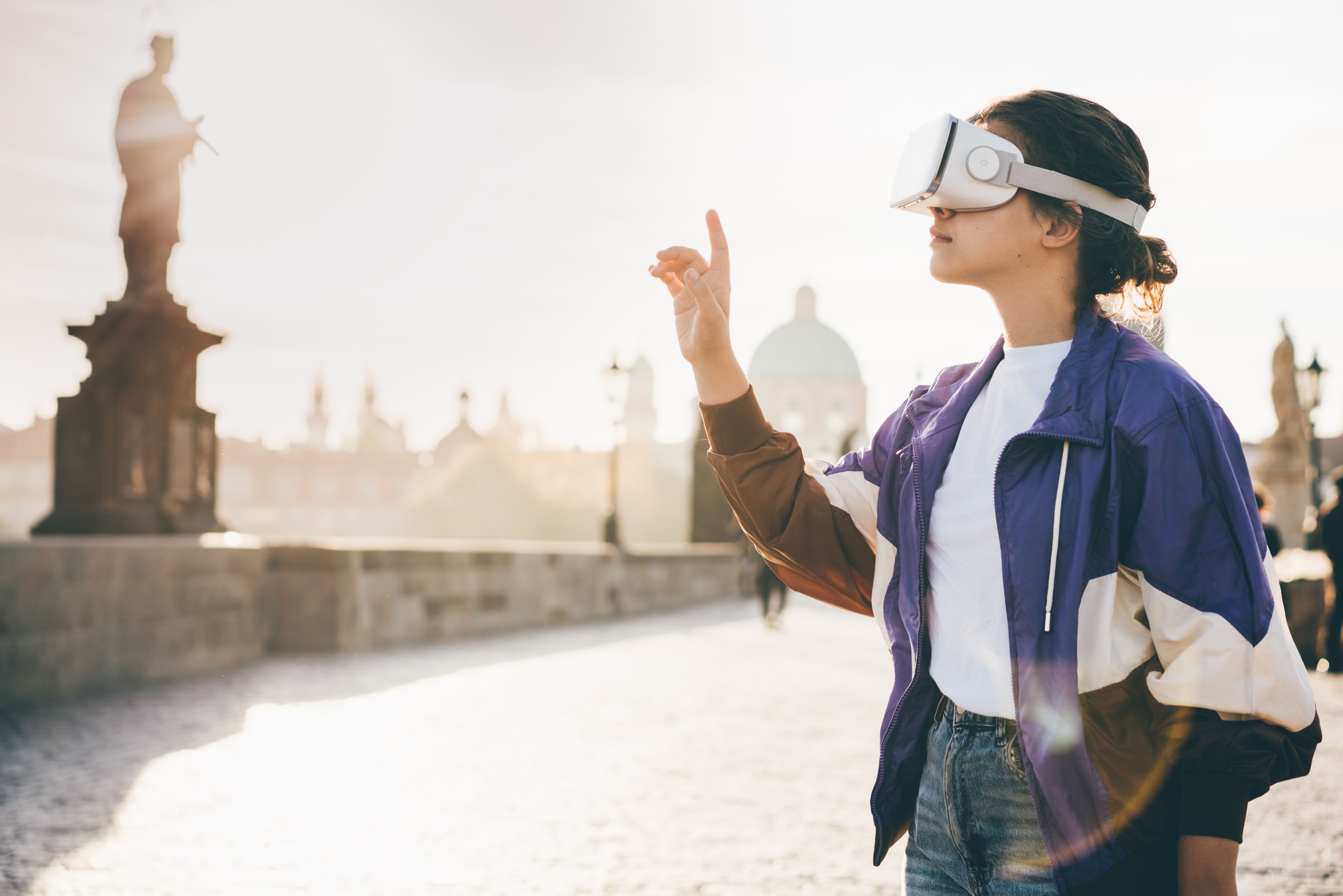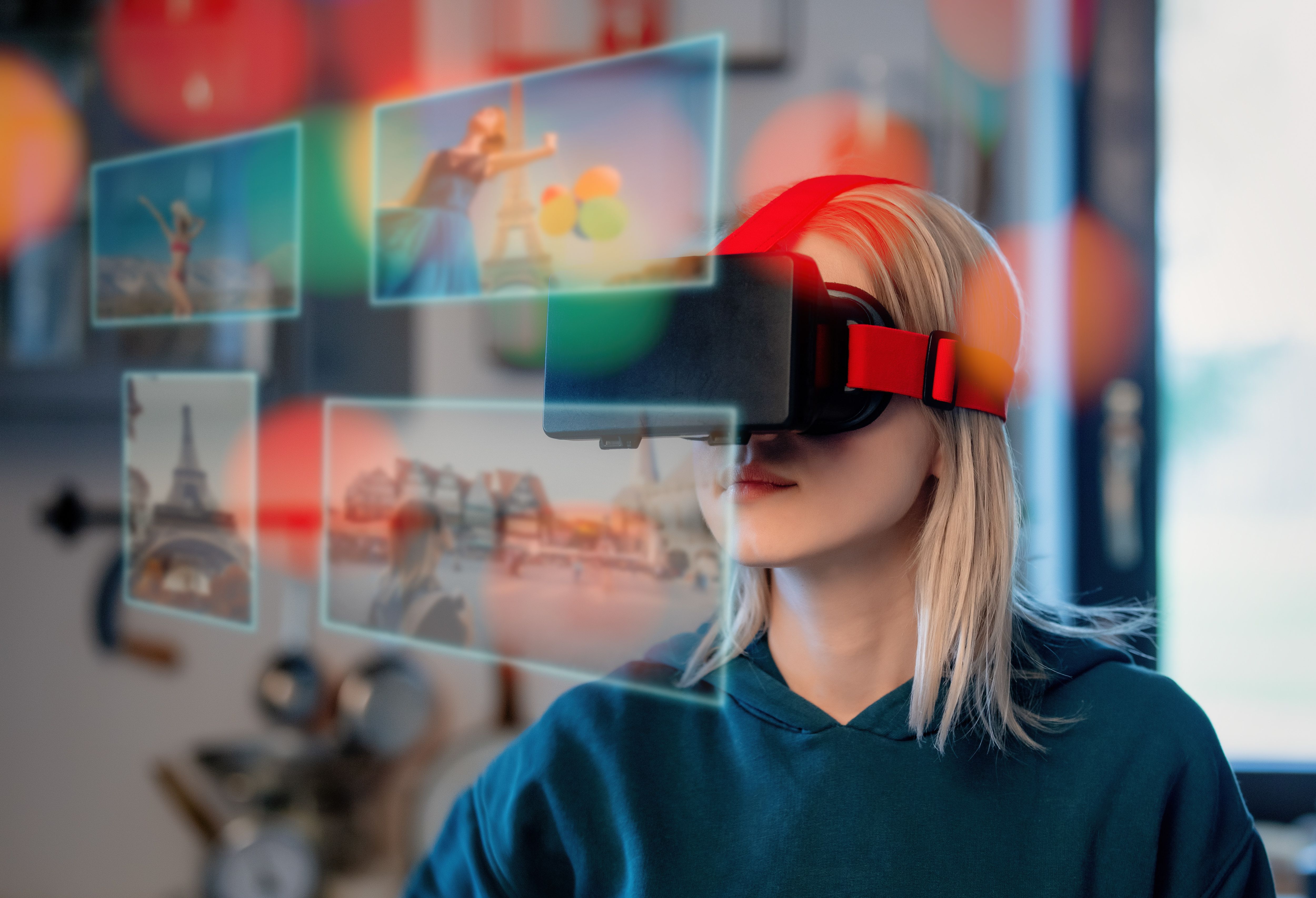The future of tourism is here, and it's looking pretty amazing. With augmented reality (AR), virtual reality (VR), and extended reality (XR) technologies, we can now explore the world in ways that were once impossible. Whether you're looking to take a tour of a far-flung destination without leaving your living room or get up close and personal with some of the world's most famous landmarks, these cutting-edge technologies are making it all possible. So what are you waiting for? It's time to jump on the XR bandwagon and start exploring the world like never before!
Exploring the Future of Tourism: Unveiling the Differences Between AR, VR, and XR Technologies
AR, VR, and XR technologies are taking the future of tourism to new heights. Augmented reality allows digital elements to be layered on top of the physical world. It can give you an enhanced experience of what's around you or even let you explore virtual worlds through your phone.
Additionally, you can visit exciting attractions from any place by using virtual reality. And with extended reality, which combines AR and VR, you can interact with a person or object in a virtual environment as if it were real —something that was once only available in science fiction is now possible!
These incredible AR, VR, and XR technologies allow for exciting new ways to explore our world, transforming tourism forever.
The Future of Travel: How AR, VR, and XR Technologies are Revolutionizing Tourism
AR, VR, and XR Technologies are revolutionizing tourism. With the power of augmented reality, travelers can journey to foreign lands without ever leaving their homes—by layering vibrant and engaging experiences atop the environments they are already familiar with.
For example, AR can be used to learn about historical buildings or get a deeper understanding of religious practices un both archaeology and tourism. In a recent paper published by the journal Applied Science, researchers claim that augmented reality is not only helpful for the management and preservation of cultural heritage, but also advantageous for tourism.
Additionally, VR has the power to transport people to almost any other location right from their couch. For instance, virtual reality technology can be used to craft unforgettable travel experiences. By making interactive content on culture and history, as well as designing immersive tourist attraction tours, companies are revolutionizing the way people travel.
Moreover, XR technologies allows users to view interactive 3D maps, track destinations’ reviews in real-time, and feel close with remote locations, like never before. In short, AR, VR, and XR technologies are providing exciting new ways for people to explore and experience different cultures from anywhere in the world!
Beyond Imagination: Uncovering the Surprising Benefits of Using AR, VR, and XR Technologies in Tourism
Extended Reality (XR) technologies are revolutionizing the tourism and travel industry. Here are six benefits of incorporating these technologies for the travel industry:
- Enhanced Customer Experience
With XR technologies like AR and VR, travelers can enjoy a more immersive experience while exploring new destinations. This leads to increased tourist satisfaction and loyalty.
- Improved Accessibility
By using XR technologies, people with mobility or accessibility issues can now visit tourist destinations that were previously inaccessible to them. This opens up new opportunities for an inclusive tourism industry to cater to a wider audience.
- Increased Revenue
By offering XR experiences, businesses can charge premium prices for their services and generate additional revenue streams. The unique experiences provided by XR technologies will draw in more customers who are willing to pay for such services.
- Cost Savings
Augmented and virtual reality can help reduce costs associated with training staff, maintaining facilities or exhibits, and providing physical tours. For example, museums can use AR technology to provide information about exhibits without hiring additional staff.
- Sustainability
By introducing XR experiences instead of physical tours or exhibits, travel businesses can reduce their carbon footprint by minimizing travel-related emissions and reducing waste generated by physical exhibitions.
- Competitive Advantage As XR technologies become more popular in the tourism industry, travel businesses that adopt these technologies early on will have a significant competitive advantage over those that do not. It is crucial for businesses to stay ahead of the curve to remain relevant in today's market.
The Future of Tourism: How AR, VR, and XR are Revolutionizing the Travel Industry
AR, VR, and XR technologies are set to revolutionize the travel industry in ways that were once unimaginable. Augmented reality technologies offers an unprecedented opportunity to explore the diverse cultures and histories of foreign lands from different places.
Not only is this convenient for time-pressed travelers, but it's also a great way for those with limited resources to experience something new, allowing them to go beyond their current reality in more immersive ways than ever before.
VR and XR technologies offer even more opportunities for travelers to explore hidden places around the globe. With VR headsets, travelers can visit exotic locations and experience them as if they were actually there. Nothing can stand in the way of people exploring any destination around the world!
XR technology takes the user experience to an entirely new level, making it easier and more comfortable than ever before for travelers to explore foreign lands. Cultural heritage will no longer be exclusively available for those with privilege or wealth—XR promises true equity and social justice by providing equal access for all.
AR, VR, and XR technologies are set to change the face of tourism forever. They offer new levels of accessibility and opportunities for people to explore the world like never before. As these technologies continue to evolve, they will undoubtedly become an essential part of the travel industry -providing benefits not only for tourists but also for businesses that rely on tourism as a source of income.
Takeaway
All in all, AR, VR, and XR technologies have the potential to completely revolutionize the future of tourism as we know it. Travelers can now take an augmented reality tour of a monument or a city before even stepping foot in it! This has opened up more possibilities for virtual international exploration that fits within schedules, lifestyles, and budgets.
And with proper implementation and consideration for potential drawbacks, these technologies can be used far and wide without disruption to anyone's personal life or nature's delicate power around them.
Excitedly anticipating the future of tourism, with its virtual and augmented reality journeys, we await the possibilities that XR technologies can bring!


